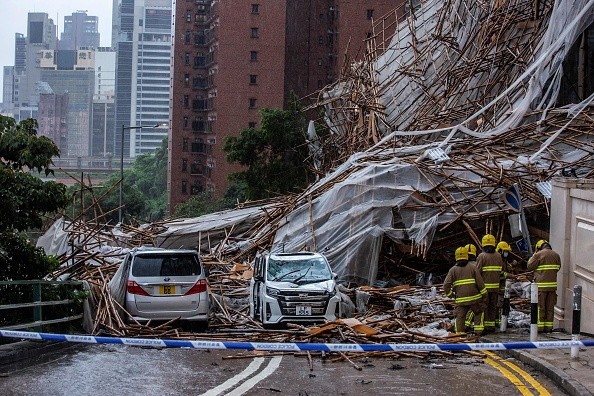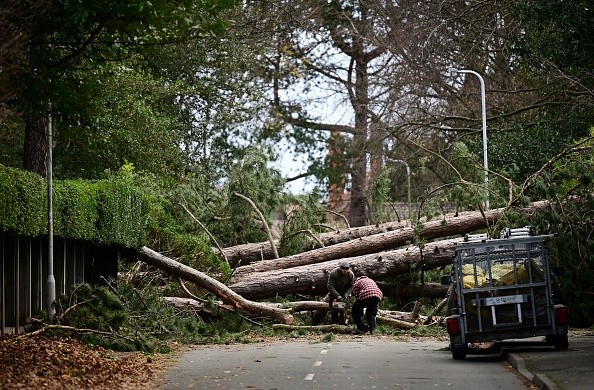At the beginning of this week, Australia was impacted by violent thunderstorms that dumped heavy rain and severe winds on the greater Sydney region. On Sunday, one of these thunderstorms became deadly, killing one person and leaving at least two with injuries.

Impacts of Violent Storm
According to 9 News Australia, a falling tree killed a woman in the Sydney suburb of Narrabeen. A day before her 69th birthday, a lightning strike and powerful winds ripped a tree from the ground and smashed onto her automobile, crushing her to death.
It was discovered that there had been three more ladies in the car, two of whom were critically injured and sent to a local hospital for treatment, according to Accuweather.
Homes and apartment complexes in the immediate neighborhood had their whole roofs ripped off by wind. Debris was flung over large distances by the powerful winds, damaging local businesses.
According to 9 News, there were over 550 emergency calls to NSW Fire and Rescue and the State Emergency Service.
Visibility was severely reduced in parts of Sydney in footage shot during the driving and wind-swept rain. Power lines were also knocked down around the area, adding to the devastation caused by the wind. As of Sunday night, at least 26,000 houses were without electricity.
This sort of severe weather outburst was expected on Sunday, according to AccuWeather analysts in the greater Sydney region.
Sydney Faces Threat From Squall Line
AccuWeather Senior Meteorologist Adam Douty noted that a cold front passed over eastern Australia on Sunday, resulting in violent thunderstorms. Warm temperatures(between 32 and 36 C) leading up to this front aided the development of storms.
A deadly squall line was formed by the storms that erupted and traveled through the Sydney region.
An Australian meteorological bureau, the Bureau of Meteorology (BoM), says the squall line that threatened Sydney on Sunday was capable of producing wind gusts between 60 and 65 mph (about 100 kilometers per hour).
First responders claimed a "mini-cyclone" had passed through the Narrabeen region during the catastrophic storm, according to a news statement from NSW Fire and Rescue.

Microburst Worsen Damages
AccuWeather's analysts believe that a microburst, a weather phenomenon, was to blame for the brunt of Sunday's devastation.
Air that is swiftly falling collides with the ground in a column known as a microburst. Squall lines may include microbursts, which can cause widespread and substantial damage.
What tends to happen [with microbursts] is dry air is dragged into the mid-levels of a storm, which really begins to evaporate the rain and hail.
As that evaporation happens, that part of the storm tends to cool fast, which then leads that air to swiftly descend; combine that with the weight of the falling precipitation, and suddenly you have this column of air crashing into the ground, AccuWeather National Reporter Tony Laubach said.
When a microburst strikes, the damage is more like that of a straight-line wind than that of a tornado. Forecasters anticipate that conditions will be good until the middle of the week before another round of storms arrives.
Related Article : Series of Explosive Thunderstorms and Heavy Rainfall to Hit Central and Eastern US
For more news, updates about storms and similar topics don't forget to follow Nature World News!
© 2025 NatureWorldNews.com All rights reserved. Do not reproduce without permission.





